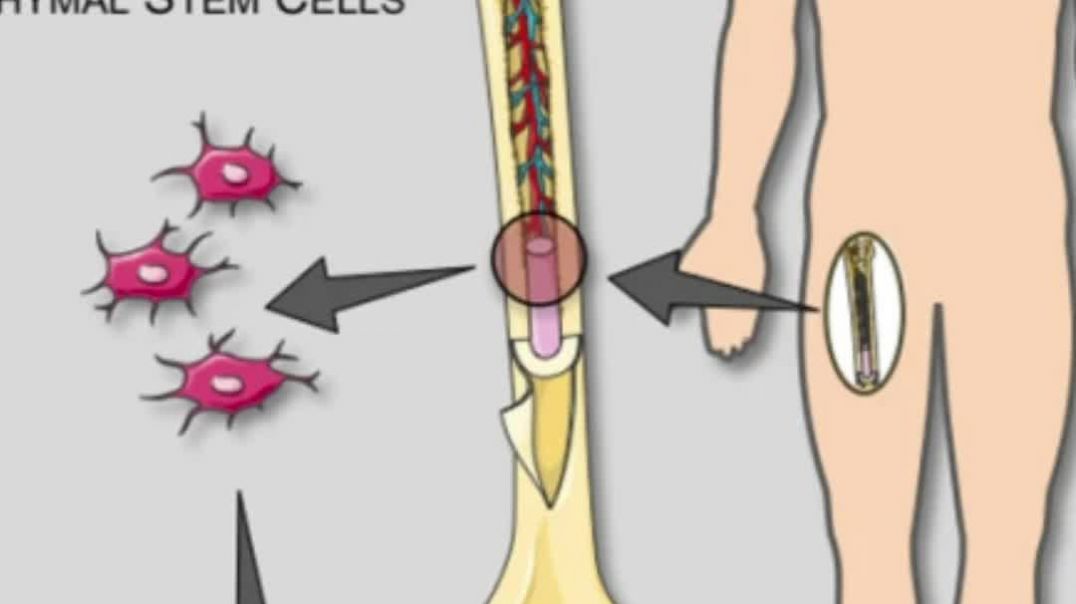Complications of Multiple Endocrine Neoplasia 😯 #shorts
Launching The Era Of Digital Health In Nigeria. App connecting patients to doctors in Nigeria #vkare
MEN 1 is a rare genetic disorder characterized by multiple tumors emerging from cells of specific neuroendocrine tissues. Neuroendocrine cells are like neurons (nerve cells) but also make hormones like endocrine cells. They make and release hormones in response to signals they receive from the nervous system. These hormones control many body functions. Hormones get involved in diverse vital and metabolic processes in the body, including:
Regulating the heart rate.
Blood pressure regulation.
Refuting body temperature.
Cell differentiation and growth.
In MEN type 1 patients, tumors develop in multiple endocrine glands, majorly the gastro pancreatic tract, parathyroid, and pituitary gland. This triggers the secretion of excessive amounts of hormones from the affected glands into the bloodstream, which results in varying symptoms and related syndromes. Some tumors, such as gastrinomas and carcinoids linked with MEN type 1, are malignant and can spread cancer to other body organs (metastases). Other manifestations of MEN 1, though not regular, are:
Pancreatic neuroendocrine tumors
Adrenocortical tumors
Visceral leiomyomas
Breast carcinoma
Lipomas
Facial angiofibroma
Facial collagenomas
Meningiomas
Ependymomas
Multiple endocrine neoplasia type 1 can be inherited or occur due to a new gene mutation in the affected individual. MEN type 1 affects equally men and women. About 40% of MEN 1 cases involve tumors of the parathyroid, pancreas, and pituitary glands. Although it affects other ages, ages 20 to 40 are mainly affected. MEN 1 affects approximately 1 in 30,000 individuals.
Causes
MEN type 1 is caused by the mutation in the gene of an affected person. MEN 1 is a tumor successor gene. It encodes a protein, menin, that is responsible for keeping cells from growing and dividing too rapidly or uncontrollably. 500 mutations of this gene have been identified.
Symptoms
The signs and symptoms of multiple endocrine neoplasia type 1 are several. It spreads all through the body and affects many parts and organs of the body quickly.
The signs should be detected and diagnosed at the earliest stage because once it begins to spread rapidly, the symptoms become complicated, and treatment is more difficult.
The signs and symptoms may include:
Fatigue, tiredness, and depression.
Headaches
Body pains
Pains in the bone.
Visual disturbance.
Diarrhea
Peptic ulcers
Pituitary tumors and other tumor formations in the body.
Kidney stones
Hyperplasia
Acromegaly
Cushing syndrome
Galactorrhea
Hypercalcemia
Osteoporosis (broken bones).
#multipleendocrineneoplasia #multipleendocrineneoplasiatype1 #symptomsofmultipleendocrineneoplasia #multipleendocrineneoplasia2 #multipleendocrineneoplasia1 #multipleendocrineneoplasiasymptoms #multipleendocrineneoplasiatype3 #multipleendocrineneoplasiatreatment #multipleendocrineneoplasiatype1(men1)
❗DISCLAIMER: THIS SITE DOES NOT PROVIDE MEDICAL ADVICE OR OPINION:
The information provided in this article or website by way of text, illustration, graphics, Images or any other form in this article or website is provided for informational purposes only. No information or material provided on this site is meant to be a substitute for a professional medical advice. Please refer to your family doctor or specialist in that field for any medical condition, diagnosis and treatment.





















SORT BY-
Top Comentarios
-
Últimos comentarios